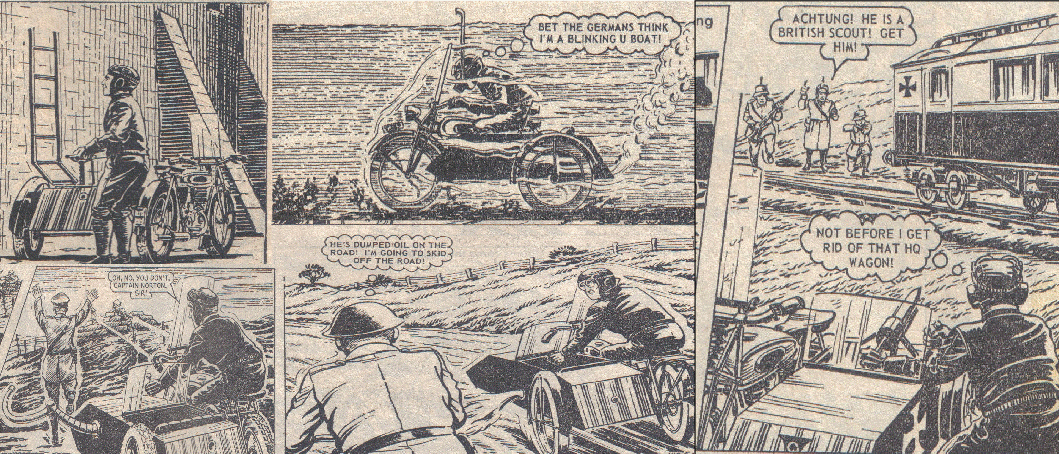
A strip from The Victor
 |
The images above show five of the amazing gadgets that were incorporated into the bike's sidecar.
See The Victor 615 - 625 (1st series); ? - 698 (2nd series).
Writer:- The Victor editorial team. Artist:- Albert Vandeput.
Main cast:- Corporal Bill Brand.
Time period:- WW1 Europe and the Middle East.
 |
The images above show the different versions of the bike. L to r: from issue 614, the panel which advertised the new strip starting in issue 615, (artist not known); the final panel from issue 615 and Brand's new bike from the last panel of issue 625 (artist Vandeput). Note - the bike may have had a different design(s) in the second series, which I haven't viewed yet).
Corporal Bill Brandís, (a British Army despatch rider), first meeting with the Black Rider takes place in Flanders, France during the First World War. The Black Rider, Major Rudd of British Intelligence is in a hurry and doesnít have the time for niceties. He roars through British troops and upsets a senior officer's horse. Brand on his motorbike is ordered to chase after the Black Rider and arrest him. Major Rudd though hasn't any intention of being arrested. He releases oil from his sidecar causing Brand to lose control of his bike. Brand unceremoniously ends up in a muddy, water filled crater.
Unfortunately, for Brand he is in imminent danger of being captured by Uhlanís, German Cavalry. The Black Rider though isnít callous enough to leave a fellow solider to be captured. Manoeuvring his bike between the cavalry, Brand seizes his chance and leaps into the bikeís sidecar. Their escape allows Brand to gape in astonishment at some of the gadgets installed in the sidecar. The escape though isnít made scott free as Rudd is hit in the right shoulder. The two men swop places and Brand drives the two men to safety.
Having travelled back without further incident to Ruddís secret HQ, the Black Rider is taken away for medical treatment. The unit now has no rider to carry out the secret missions, so Brand is pressed into service and donning the black leathers becomes the new Black Rider.
As far as I am aware there were two series of The Black Rider, the first series concentrating on Brandís adventures on the Western Front and in the Middle East. The second series also involved a giant Armadillo, which could drink petrol! More on the second series once I have located those issues that feature the series.
The main interest for the readers was of course Brandís amazing bike and gadget laden sidecar. Not only could it travel submerged underwater, the sidecar could fire rockets, spew out oil, provide a smoke screen, hold a collapsible ladder, (as well as carry a passenger) and many other devices besides.
The stories themselves are entertaining, with Brand having to deal with for example, over enthusiastic Arabs, honourable German and Italian soldiers and airmen, a cowardly British officer, a jail break, as well as completing his weekly missions.
The artwork by Vandeput is excellent, although the military uniforms arenít perhaps as accurate as they could be.
Motorbikes were used by all of the armies during the First World War mainly by despatch riders delivering messages. Several designs made use of having a machine gun mounted on the sidecar with an American motorbike / sidecar combination also incorporating a metal shield with a slit, through which the machine gun nozzle protruded.
The following adventures of The Black Rider are from issues 615, 616, 619, 620, 624 and 625.
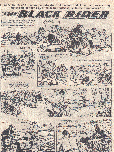 |
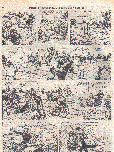 |
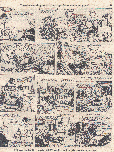 |
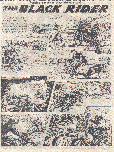 |
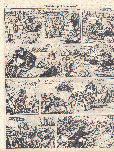 |
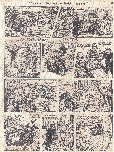 |
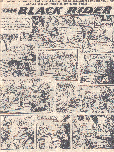 |
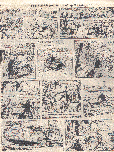 |
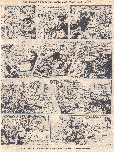 |
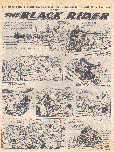 |
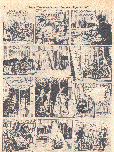 |
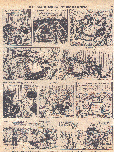 |
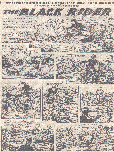 |
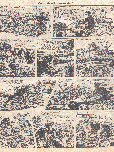 |
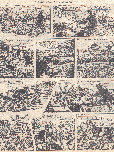 |
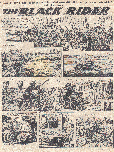 |
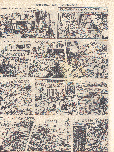 |
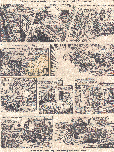 |
 |